The Coteaux du Vendômois wine appellation honors Pineau d’Aunis grape variety, through Domaines Colin, Jumert, Brazilier, Martellière, Ariane & Co and Cave aux Caux…
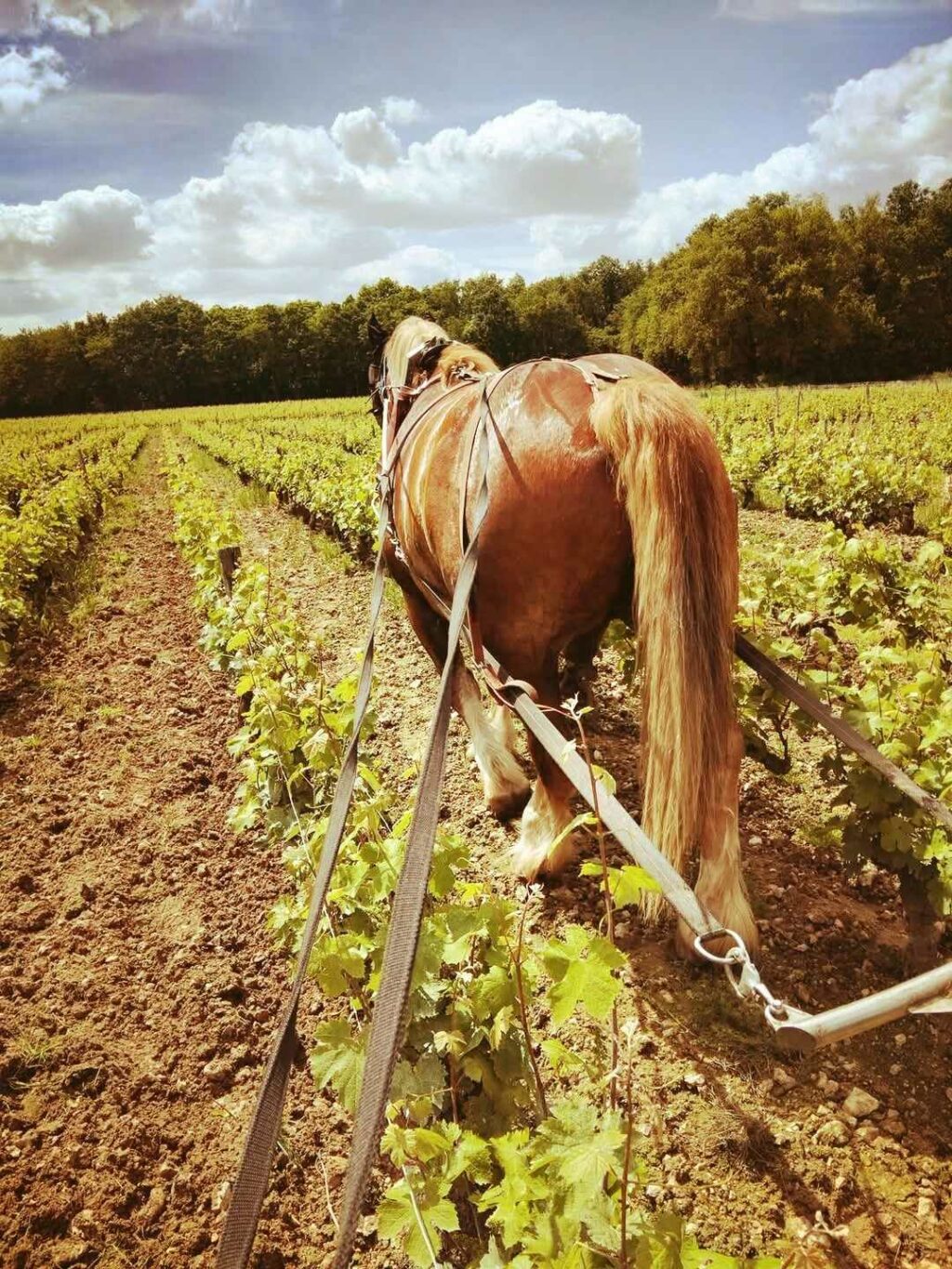
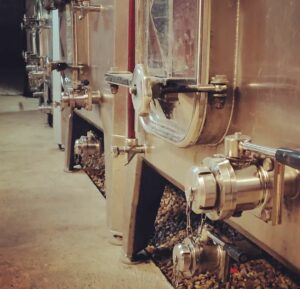
The Loir Valley, nestled between Vendôme and Château-du-Loir, is full of vineyards that extend over south-facing hillsides. These vineyards benefit from ideal conditions for producing exceptional wines. Among them, the Pineau d’Aunis type, an emblematic grape variety, is particularly distinguished (photo credits: Coteaux du Vendômois).
Therefore, the Coteaux du Vendômois, Coteaux du Loir and Jasnières appellations offer a varied range, from bright whites to generous reds, including rosés and the famous grey wines, typical of the region. A promising future for the Coteaux du Vendômois, here is a selection of the must-sees. By AP
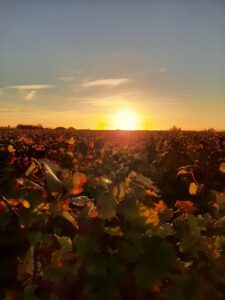
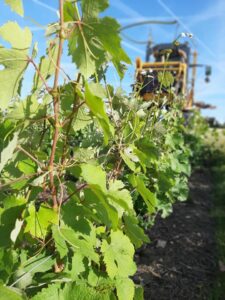
That’s why, we invite you to discover this unique terroir, full of assets. For your information, the vines, all around the Loir Valley thrive on limestone and flint soils, giving their wines an inimitable typicity. Their low rainfall and natural tuffeau cellars, at a constant temperature, offer perfect conditions for maturing their wines. These places of shade and calm allow their bottles to age in an optimal setting, revealing all their richness. The vineyard of the Loir Valley has undergone a long history. Since the Middle Ages, it has been celebrated by literary figures, such as Rabelais and Ronsard. Thereafter, Henry IV himself, seduced by the wines of Vendômois, had them served to the royal court.
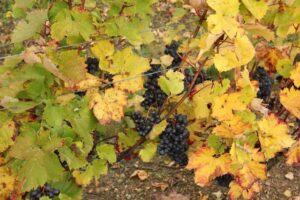
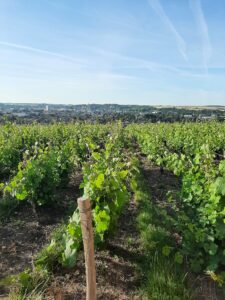
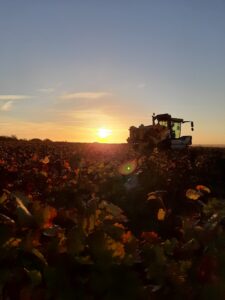
After a decline in the 20th century, this vineyard has experienced a qualitative revival since the 1970s. This revitalization is accompanied by a resurgence of public interest, driven by a generation of passionate winegrowers. Obtained in 2001, the Coteaux du Vendômois appellation of controlled origin (AOC) is still little known, but its reputation continues to grow. This wine-growing territory, spread over a dozen communes and covering 125 hectares, produces around 4,000 hectoliters per year. Although the volumes remain modest compared to neighboring appellations, such as Chinon or Saint-Nicolas-de-Bourgueil, so that the quality and originality of those wines is now attracting the attention of specialized guides and gourmet restaurants.
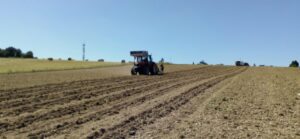
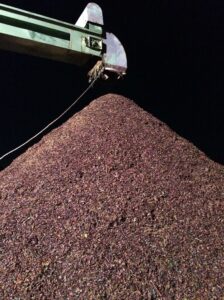

In fact, this grape variety, present in this region for centuries, is at the heart of the vin gris, along red wines and even other blends. Long neglected, it is experiencing a resurgence of interest for its aromatic qualities and its natural resistance. In a context of climate change and bad weather, this Pineau d’Aunis grape stands out as a wise choice. For instance, the vin gris, made exclusively from this grape variety, is a source of pride for the appellation. This pale rosé wine, with spicy and peppery aromas is a true Vendômois signature, appreciated for its balance and finesse. In red wines, the Pineau d’Aunis item reveals notes of red fruits and spices, offering fine pairings with cheese.

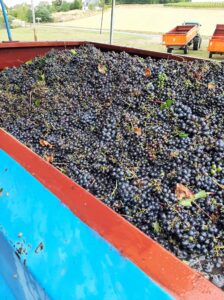

More and more, those AOC wines are now appearing on the menus of Michelin-starred restaurants and are making a name for themselves internationally, particularly in the United States. This recognition is a testament to the quality of their wines and the huge work accomplished by the producers. The wines of this appellation are distinguished by their unique characteristics. The red wines have a garnet color with purple highlights, accompanied by a complex nose combining spices, morello cherry and blackcurrant. On the palate, their structure is supple and creamy, including grey wines, with their pale, golden-brown colour, revealing powerful, peppery aromas, while the white wines, made from Chenin, are distinguished by their freshness, fruity notes and remarkable aromatic intensity.
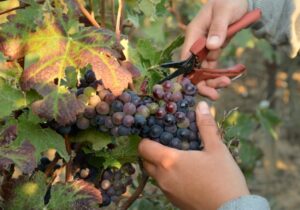
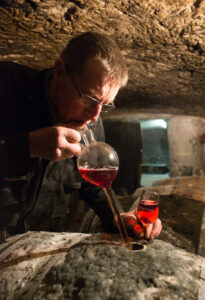
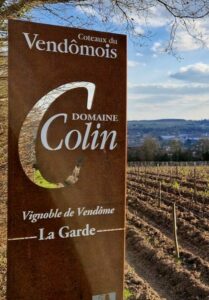
Among the emblematic producers of this appellation are families, such as the Domaine Colin or the Cave Jumert, who have perpetuated a winemaking tradition for several generations. These enthusiasts, by promoting local grape varieties and environmentally friendly practices, actively participate in the recognition of their terroir. Thus, wine estates such as Patrice Colin’s embody this move upmarket. With vintages, such as their Vieilles Vignes, made from a subtle blend of Pineau d’Aunis, Pinot Noir and Cabernet Franc, these winemakers demonstrate that their terroir can compete with the greatest.


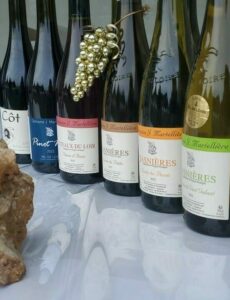
Then, the Domaine Brazilier, located in Thoré-la-Rochette, stands out for its remarkable architectural heritage with a troglodyte chapel and dwellings, dating from the 15th and 16th centuries. Since 1996, Benoît Brazilier has been producing wines on a 25-hectare family estate that has been passed down for seven generations. At Domaine Martellière, the owner Jean-Vivien Martellière runs 12 hectares of vines, producing wines from the Jasnières, Coteaux-du-Loir and Coteaux-du-Vendômois appellations, using traditional methods, such as the use of natural yeasts and short macerations. In partnership with his sister, he also opened a wine bar, named Les Trois Marches, in Montoire-sur-Loir, where you can taste his creations.


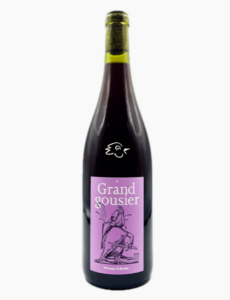
Created in 1929, the Cave Coopérative du Vendômois brings together several passionate winegrowers, cultivating 130 hectares of vines. This cooperative promotes rare and forgotten grape varieties, such as Chenin and Pineau d’Aunis. It offers free tastings, local products, and cellar visits. On the hillsides of Vendômois, the Domaine Ariane & Co stands out for its commitment to environmentally friendly viticulture. Since 2015, Ariane Lesné has been cultivating her plots on horseback and harvesting by hand. This estate showcases Pinot d’Aunis, through vintages without chemical inputs, such as Pichrocole, Grandgousier, or the Phylactère natural sparkling wine.

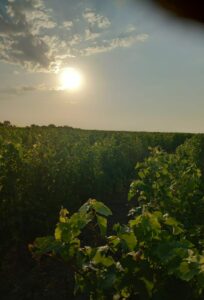

At last, the Cave aux Caux, whose producer is Pascal Creuzet, certified High Environmental Value (HVE), stands out for its reasoned management of the vines, some of which are centuries old. With a hand harvest and the use of draft horses, this estate offers authentic wines, vinified with natural yeasts and few inputs. Thus, visitors can explore the troglodyte cellars, take part in tastings or discover those vines by horse-drawn carriage.
By exploring these domains, you could discover the very essence of Vendômois appellation, as a rich terroir, preserved traditions and exceptional wines.


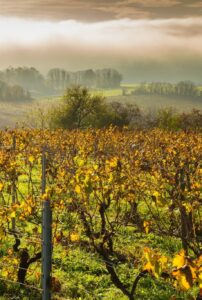
If you want to go further into those Coteaux du Vendômois, you have to know that the Vignobles & Découvertes label, awarded by Atout France, has been promoting wine destinations, since 2009,. This label guarantees a quality tourist offer, combining visits to wine cellars, accommodation, cultural events and of course tastings. This device facilitates the organization of journeys, directing visitors towards reliable and authentic services. Then, the Caves Touristiques network, bringing together no less than 350 estates, is part of this approach of excellence. The operators respect ten commitments to offer an impeccable welcome, through fixed schedules, educational tastings, clear documentation.
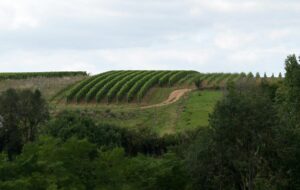
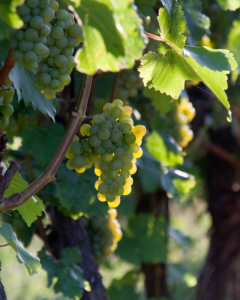
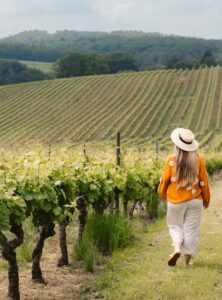
Adding to this, each year, Vignes Vins Randos offers 17 journeys, through the vineyards of the Loire Valley. These hikes, accessible to all, are a privileged opportunity to discover the wine-growing landscapes, the know-how of the winegrowers and the local history. Classified as a UNESCO World Heritage Site, this region offers a sensory experience, combining conviviality, education and even gourmet food. By the way and since 2019, the Coteaux du Vendômois have been among the proposed itineraries, reinforcing the visibility of this appellation. These walks, led by the winegrowers themselves, allow you to appreciate all the diversity of local wines.
More details about this appellation and its various wines, on the official platform.





